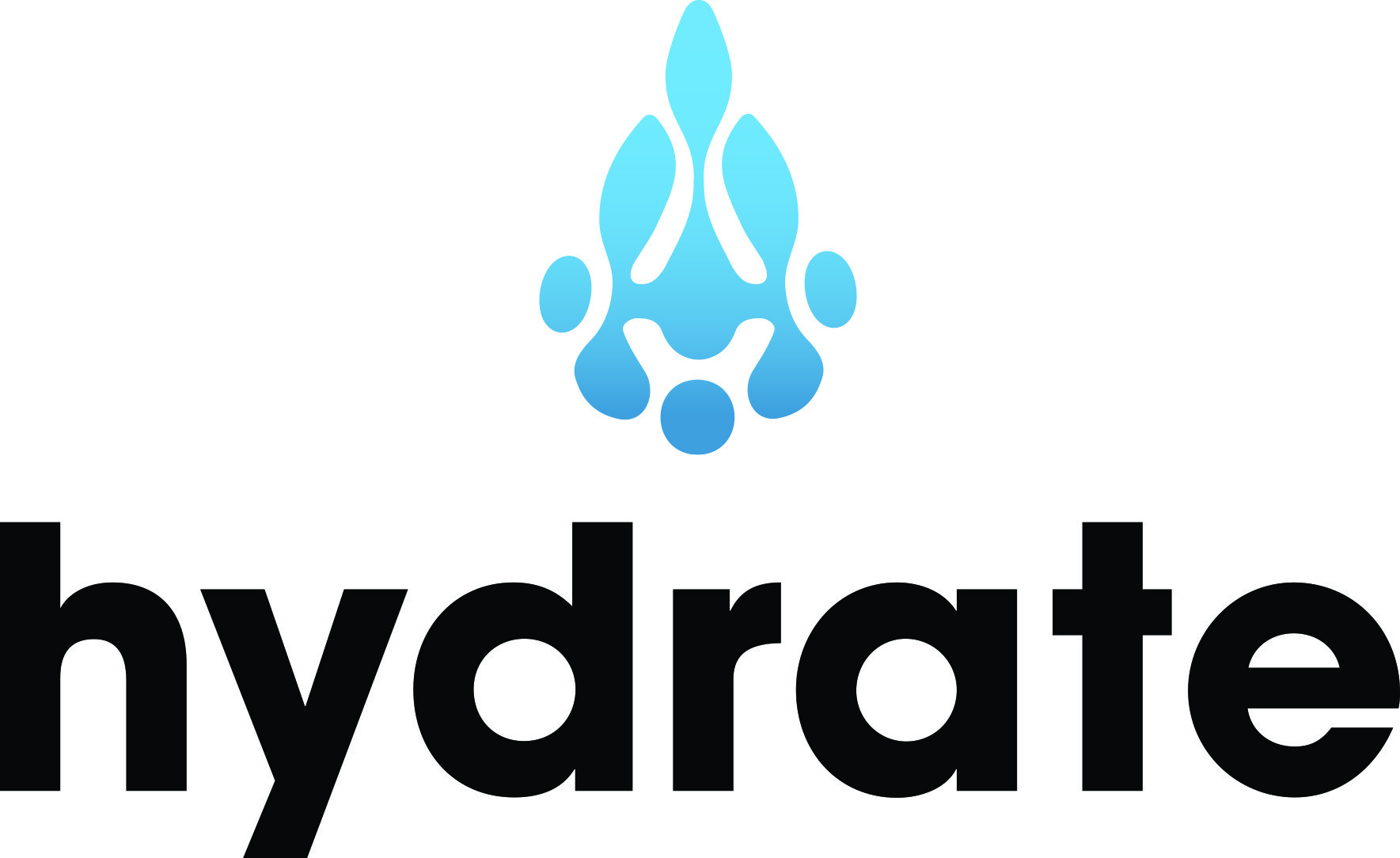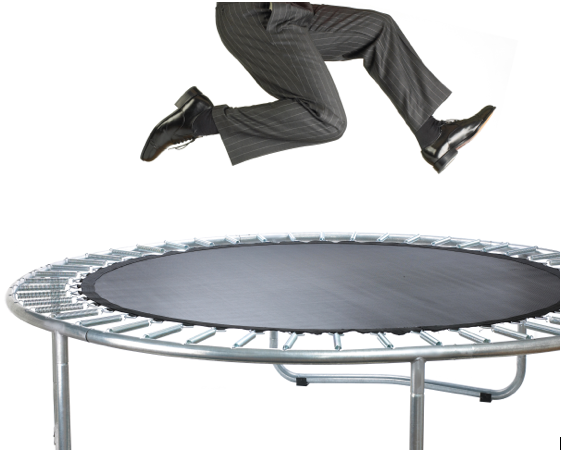Your website’s bounce rate is a metric that shows the percentage of people who land on your page (visit your website) and leave without clicking any links. These visitors are often referred to as “single-page visitors.” A single page visit could happen for many reasons: Maybe someone accidentally clicked on your page; maybe they thought you offered a different service than what is presented on your home page; or maybe they just don’t like the way your page looks, so they leave. Whatever the case may be, when you look at your page’s bounce rate, you want to see a low percentage, so let’s work on that.
In this blog, we will discuss a few methods you can use to bring your bounce rate down, and keep it down. In order to understand why you want a low bounce rate, you must first understand what your website should do. Ideally, your website will convert visitors to customers by utilizing inbound marketing methods. This is done by attracting them with interesting and engaging content, often posted to social media platforms, that brings traffic to your website. On most websites, you want visitors to convert to a lead by clicking through to another web page within your site, to buy something, read more, fill out forms, etc. None of this will happen if your visitors are turned off by your site when they arrive.
Something important to keep in mind while working on reducing your bounce rate is to keep your goals realistic. Ultimately, you want to track your bounce rate against your own historical performance and goals. But, don’t get too caught up in your expectations. There are a few benchmark averages you can follow that will give you a healthier way to measure your success.
Average bounce rates:
Content websites: 40-60%
Blogs: 70-98%
Retail sites: 20-40%
Service sites: 10-30%
Landing pages:70-90%.
As we mentioned before, your goal should be to see a low bounce rate percentage.
One of the first things you should look into is if your website is user-friendly or not. Visitors who come to your page don’t want to see a webpage that looks difficult or confusing. That will instantly cause them to back out of your site and continue their search elsewhere, thus increasing your bounce rate. Many people are not aware of this, but studies have shown that businesses have about 6 seconds to create a positive impression with users who visit their website. This means right off the bat, your website needs to impress your visitors and make them feel safe and welcome to explore your site. Ways you can increase your website’s usability are:
- Make text readable
- Use a functional, attractive layout
- Have fast loading pages
- Set external links to open in new windows (this allows your visitor to stay on your website)
- Don’t allow for distracting ads to pop up on your pages- only CTAs
- Provide good content that has a clear message
A helpful tool you can use to convert visitors to leads is LeadIn, HubSpot’s free lead capturing tool. LeadIn uses calls-to-action with relevant offers to captivate your visitors’ attention and entice them to stay on your page. Something as simple as an exit intent triggered CTA (one that pops up when the visitor moves to close your web page) can be the difference between increasing your bounce rate and converting a visitor to a lead.
A few more simple actions you can take to be sure those who visit your page will be pleased with what they see:
- Choose the right keywords to match your content, not just attract any visitors.
- Create multiple landing pages with unique content and keywords for different types of visitors – maintain a focus on your personas.
- Write attractive, useful meta-descriptions for search engine users.
- Develop a need to explore your website further- use interesting internal links
- Add landing page surveys- Thumbs up or thumbs down can be enough
In the end, all you can do is what your target audience wants and expects. You must think to yourself, “What will our audience want to see?”, and deliver just that. If a user comes to your web page expecting to see one thing and gets the exact opposite, they will not stay. Do your best to keep your focus on your intended audience, keep your content relevant, and keep your web page user-friendly, attractive, and efficient, and your visitors will become leads.







